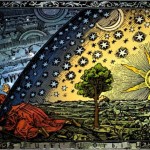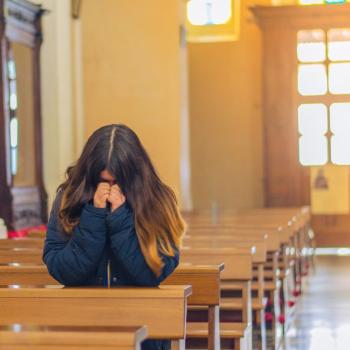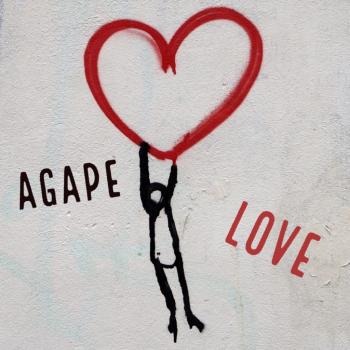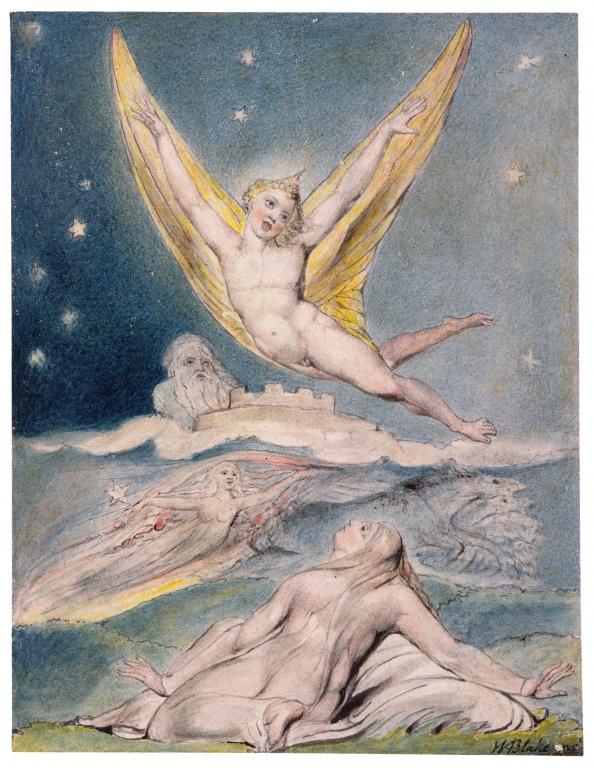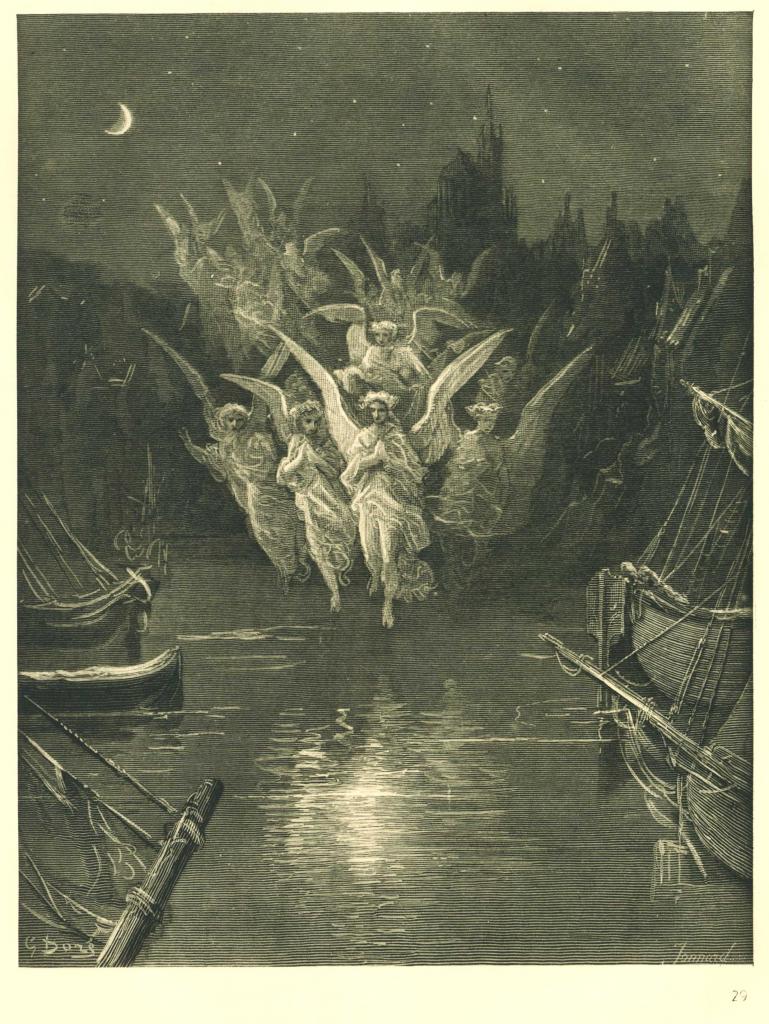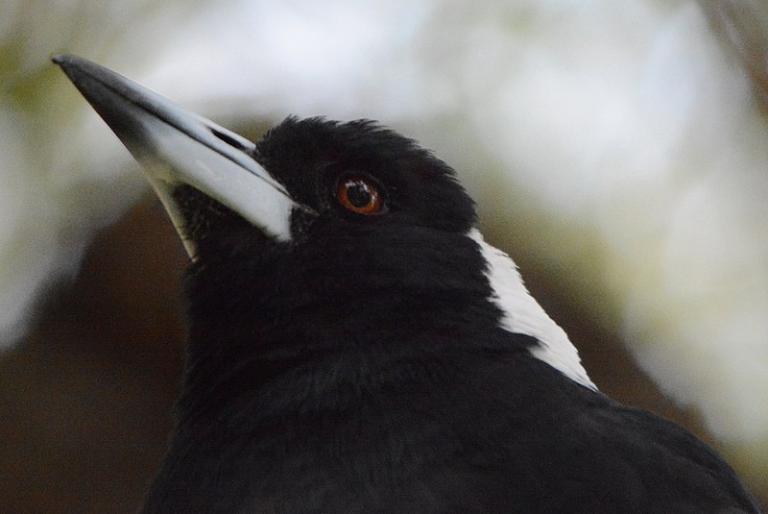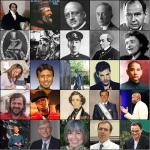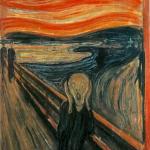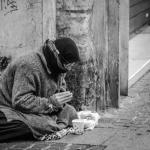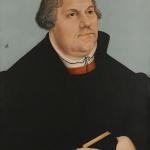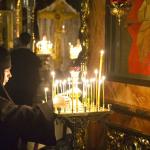David Russell Mosley
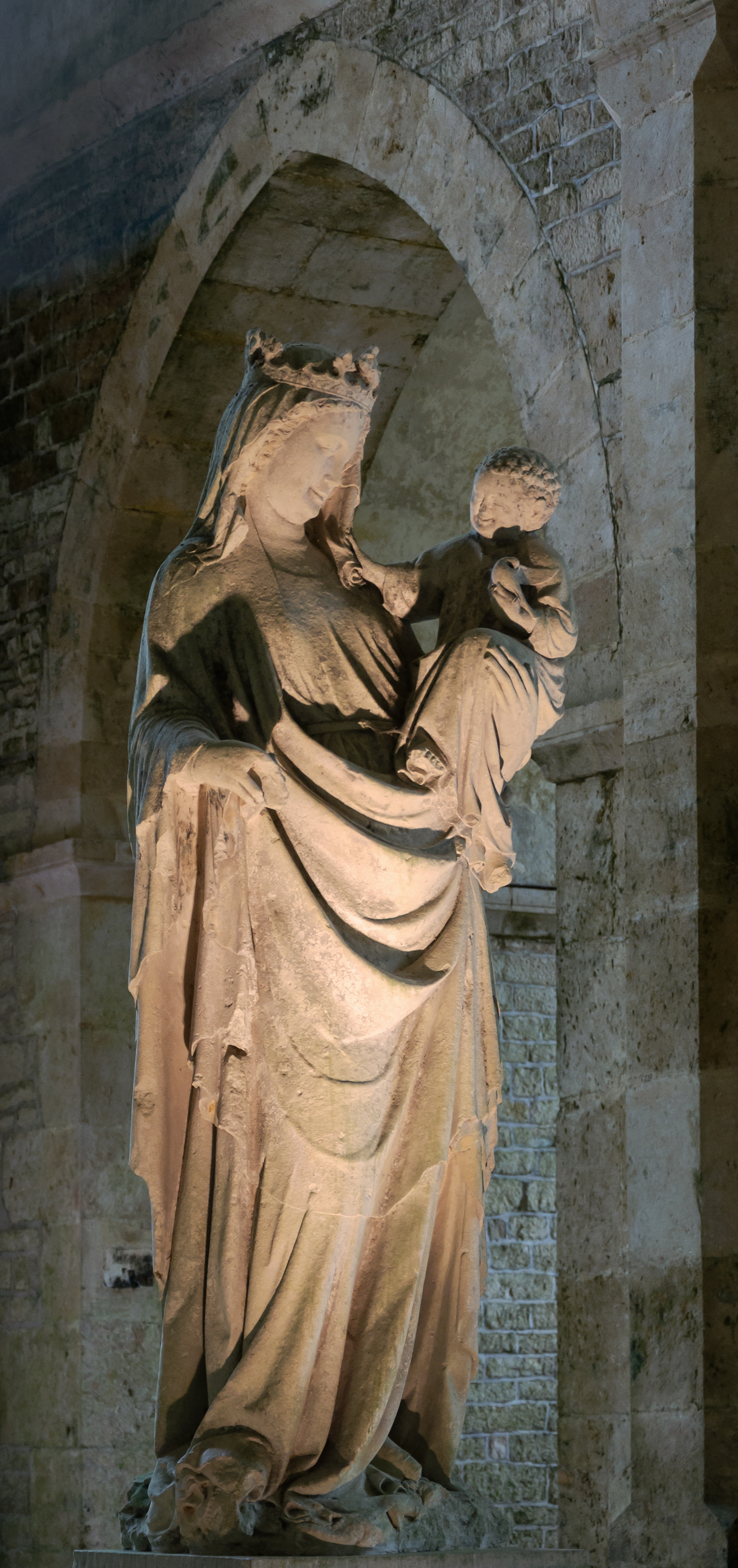
Ordinary Time
The Feast of St. Barnabas
The Edge of Elfland
Hudson, New Hampshire
Dear Friends and Family,
When the weather is nice, I like to take my boys for a walk in their stroller. There’s a lovely little road nearby on which I love to walk. On the righthand side as we walk up the hill there are several lovely homes. My favorite is one which is called Full Circle Farm. You can see about dozen raised beds, some of which look as though they are already beginning to sprout new vegetables. I hope to happen upon the inhabitants at their work someday so I can ask them all sorts of questions. On the lefthand side there is a cemetery which then gives way to a little, seemingly manmade, wood.
The other day when I walked by this little wood I was struck by how the light from the sun fell through the trees. It seemed as if one could almost see fairies and sprites at work, thanking us for having planted these trees, even if they wished they were not so close to a road and cars. As I thought about this my mind turned to Mary. There is something inherently natural about Mary that makes thinking of her in connection with Faërie make a kind of sense I cannot fully explain. It is as though what is best about creation is naturally related to the Theotokos. I can find no better way to describe than to say that in one sense nature belongs to Mary. I was particularly struck by this when I saw a job posting (one I sadly could not apply for) at Our Lady of the Lake College.
As I researched this provoking title for the Blessed Virgin (for how could I not associate it with Nimuë), I found from my Roman Catholic friends that often churches and universities who dedicate their buildings to Mary often do so in relation to local natural features (Mount Saint Mary’s, etc.). What became even more interesting is that there is a twelfth century church in Le Thor, France called Notre Dame Du Lac (which is also the full name of Notre Dame University), or Our Lady of the Lake. Immediately was I reminded of those women who occupy such high places throughout medieval literature: Triamour––whose very name seems rather trinitarian––is a beautiful woman with whom Launfal (a kind of proto-Lancelot) falls in love; Ragnelle, who at first appears ugly (another common trait) whom Gawain weds; even George MacDonald’s Grandmother in the Curdie stories (in fact, nearly all of MacDonald’s works include a kind of fairy-woman of high character, who have something of the Marian and something of the Sophianic about them); Tolkien’s Elbereth too is invoked frequently by the Elves, and Frodo and Sam, as one might invoke the name and prayers of Mary.. These women, in different ways invoke something of Mary, and indeed something of Sophia. Their beauty is not of the beguiling kind but of the ennobling, like Dante’s Beatrice. Even when they appear grotesque their character shines showing that there is a union of truth, beauty, and goodness in them.
When I first started writing this letter some days ago, I would not have thought to connect Mary as Our Lady of Faërie or Our Lady of Elfland to Sophia. Since then, however, I have been reading a book (not yet in print) by a friend on the subject of Sophiology and have also begun reading The Heavenly Country, edited by Michael Martin and on the same topic. Now, I begin to see that perhaps this connection of Mary to Faërie is a Sophianic one.
It has been some time now since I first began to associate Mary with creation. It is a natural connection. In Mary are the divine and human wed. I often think of the implications of the Incarnation for humanity, the joining together of God and man, but how often do I forget that this union took place in a young Jewish woman. A human being is the Theotokos. A human, who is not a divine person of the Trinity, carries one of those persons in her womb for nine months. How often do we Protestants forget to reflect on the implications of this; how often do my Roman Catholic and Orthodox brothers and sisters take it for granted. A creature of this world was made worthy to carry the incarnate God. Her creatureliness is important precisely because Mary is a microcosm (as we all are). Through her humanity, which she shares with the Son, is the Son connected then to all of creation, from minerals and rocks to the angelic beings, to created Sophia herself. This is why it seems fitting to me that Mary be associated with rocks and lakes and trees and flowers; that May, in the Northern Hemisphere the start of Spring, is associated with Mary as all things come to life and renewal and love. It becomes very natural, then, to associate Mary with Faërie for she is, in a different but related way than her Son, a connecting point between earth and heaven. She is, in a sense, the first person enchanted by Christ. She is, perhaps, a special instantiation of Sophia in a human being. She is, our Lady of Faërie.
Sincerely,
David


